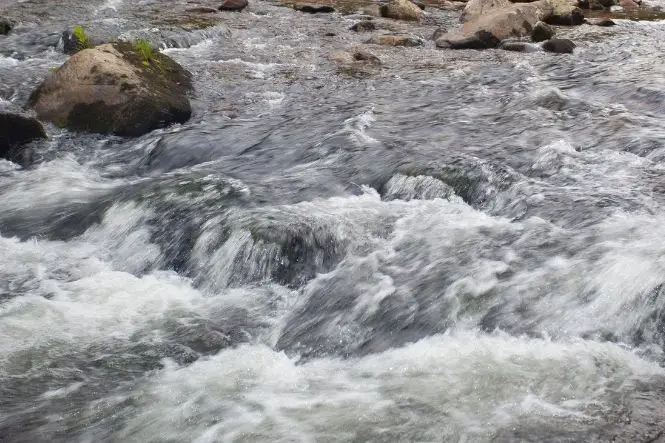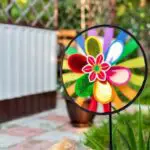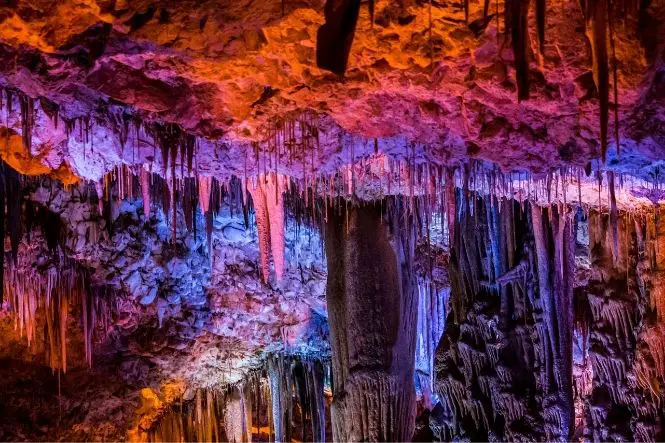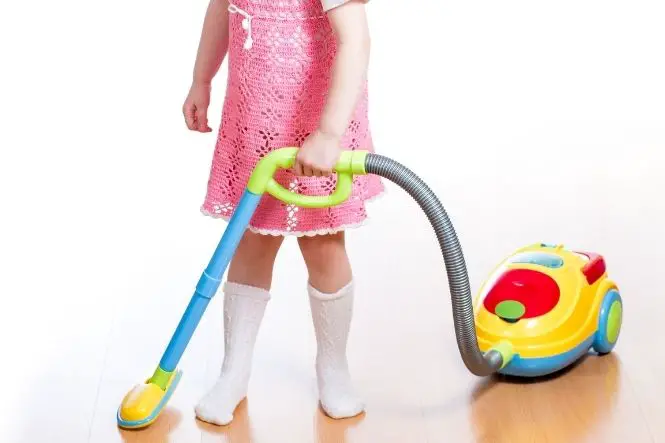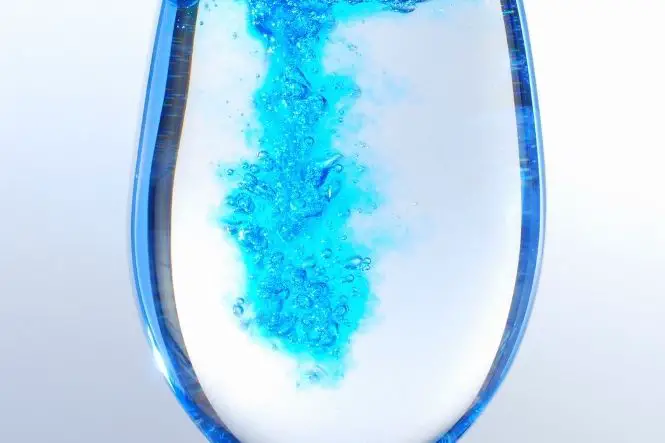Hot water has more energy than cold water. This makes the water molecules move around more. Molecules that move more take up more space, but still weigh the same, so cold water is denser than hot water. The denser cold water sinks and the less dense hot water rises (see ‘Floating and Sinking: Looking at Density’). Air acts in a similar way (see ‘Warm and Cold: Expanding Air’).
Table of Contents
Energetic Water
Fill one glass with hot water and another with cold water, and put a drop of food colouring in each. Watch the colour spread through the water. Which travels faster?
The water molecules in the hot water are moving about more, and bump into the food colouring molecules, making the colour move through the hot water more quickly than the cold water.
Floating and Sinking Balloons
Fill two balloons with room temperature water. Put one in a bowl of hot water and the other in a bowl of cold water. What happens to the two balloons?
The hot water is less dense than the cold water, so the balloons filled with room temperature water should sink further in the hot water than in the cold water.
Falling Water
Fill a glass bowl with hot water. Fill a small bottle with cold water and some food colouring. Hold the bottle (with a finger over the neck) upside down in the water and then let the coloured water out of the bottle. What happens to the coloured water? Does it stay in the bottle, float up to the surface, or sink to the bottom. What happens with hot water in the bottle and cold water in the bowl?
Get four identical bottles; fill two with hot water and label ‘hot’, and two with cold water and label ‘cold’. With food colouring, colour the hot water one colour and the cold water another. Put a piece of card over the top of one bottle of hot water. Holding it tight, turn the bottle upside down and put it over one of the bottles of cold water. Slide the card out and watch what happens to the colours of the hot and cold water. Repeat the experiment with the bottle of cold water at the top.
Fill a glass bowl with hot water. Fill a plastic cup with cold water and ice, and add some food colouring. Make a hole in the bottom of the cup and block it with a finger, and lower the plastic cup into the hot water, so that the water in the cup is the same level as the hot water outside. Unblock the hole and watch the coloured water. Does it stay in the cup or sink to the bottom. What happens with hot water in the cup and cold water in the bowl?
The warm water is less dense than the cold water, so the warm water rises to the surface and the cold water sinks to the bottom. This is called a convection current (see also ‘Warm and Cold: Expanding Air‘).
Water in Lakes and Seas
Water actually becomes denser between 0 and 4 degrees Centigrade. It then becomes less dense as it warms up. This means that in lakes and ponds, as the weather gets cooler in the autumn and warmer in the spring, the water moves around, pulling water rich in oxygen to the bottom or water rich in nutrients up to the top, which helps the fish and other organisms.
In the sea, water from the warmer Equator tends to move towards the cooler poles.

